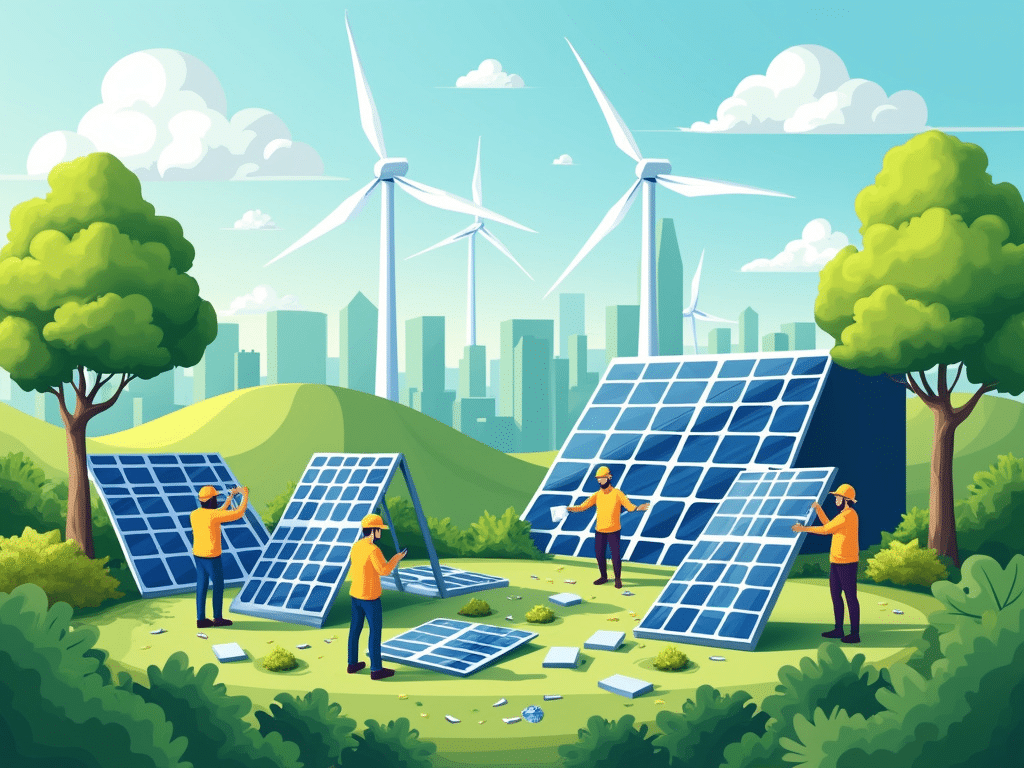How We Recycle Solar Turns Old Panels into New Revenue
As the solar energy industry continues to grow, so does the need for sustainable end-of-life solutions for solar panels. At We Recycle Solar, we specialize in transforming the challenge of solar panel disposal into a profitable opportunity for businesses. Our innovative recycling processes not only ensure environmental compliance but also unlock new revenue streams by repurposing and reselling valuable materials.
Financial Benefits of Solar Recycling
Material Recovery and Resale:
- Solar panels contain valuable materials such as silicon, silver, and aluminum. Through our advanced recycling techniques, we extract these resources, which can be resold to manufacturers. This not only reduces the need for virgin materials but also provides a financial return on what was once considered waste.
Cost Savings on Disposal:
- By recycling solar panels, companies can significantly cut down on disposal costs. Traditional disposal methods can be expensive and often involve landfilling, which is not environmentally friendly. Our recycling services offer a cost-effective alternative that aligns with sustainable business practices.
Enhancing Brand Reputation:
- Companies that engage in solar recycling demonstrate a commitment to sustainability and responsible environmental stewardship. This can enhance brand reputation, attracting eco-conscious consumers and partners who value green practices.
Supporting a Circular Economy:
- By turning old panels into new resources, we support a circular economy where materials are continuously reused, reducing the overall environmental impact and fostering innovation in the solar industry.
Our Process
At We Recycle Solar, we handle the entire recycling process, from collection to material recovery. Our team ensures that all procedures comply with environmental regulations, providing peace of mind and value to our clients. We work closely with solar developers, installers, and utilities to tailor our services to meet specific business needs.
Why Choose We Recycle Solar?
- Expertise and Experience: With years of experience in the industry, we understand the complexities of solar panel recycling and offer solutions that maximize financial and environmental benefits.
- Global Reach: Our operations span multiple countries, allowing us to serve a diverse range of clients and projects.
- Certified and Trusted: We hold industry-leading certifications, ensuring our clients receive reliable and high-quality recycling services.
By choosing We Recycle Solar, companies not only contribute to a cleaner planet but also turn potential waste into a profitable asset. Join us in leading the way toward a sustainable future.



